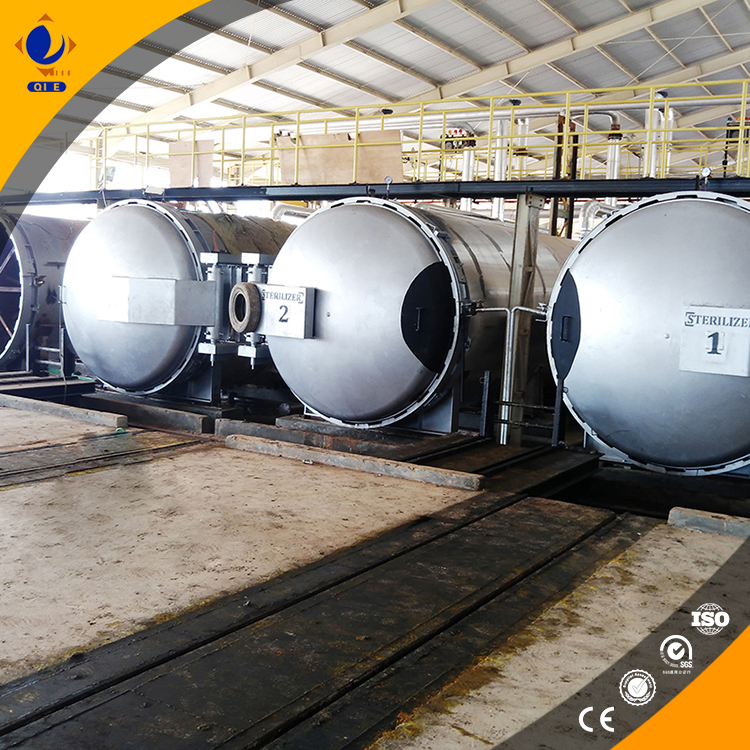
As an essential byproduct of soybean oil production, soybean meal has emerged as a cornerstone ingredient in the animal feed industry worldwide. Packed with high protein content—typically ranging between 44% to 48%—it offers indispensable nutritional value that supports livestock growth and health. Beyond its traditional use, recent advances in processing and functional applications emphasize soybean meal’s potential to unlock higher economic returns and new market segments for soybean oil producers and agricultural supply chain stakeholders.
Soybean meal is prized for its balanced amino acid profile, rich in lysine and methionine, essential for monogastric animals such as poultry and swine. On average, its crude protein content ranges from 44% to 48%, with digestible energy around 2,400 kcal/kg, making it a superior source of bioavailable nutrients compared to other plant-based feed ingredients. Soybean meal’s low fiber (3-5%) and fat content (1-2%) further support efficient digestion and nutrient absorption, bolstering animal performance and health.
Proper processing techniques—such as solvent extraction for oil removal and controlled heating—are critical to deactivate anti-nutritional factors like trypsin inhibitors, ensuring soybean meal’s safety and digestibility. To preserve nutrient stability and palatability, maintaining moisture below 12% during storage is essential. Employing airtight silos and temperature-controlled warehouses helps prevent mold growth and mycotoxin contamination, thereby extending shelf life and feed efficacy.
| Nutrient Component | Typical Content |
|---|---|
| Crude Protein | 44% - 48% |
| Crude Fiber | 3% - 5% |
| Digestible Energy | ~2400 kcal/kg |
| Fat Content | 1% - 2% |
The flexibility of soybean meal enables its incorporation into feeds for multiple livestock species. In poultry diets, soybean meal typically comprises 20-30% of the feed, providing essential proteins for rapid growth and egg production. Swine nutrition requires a similar inclusion rate, with adjustments for amino acid balance to optimize feed conversion ratios. Ruminants like cattle and sheep benefit from soybean meal supplementation especially during high production phases, where its degradable protein content enhances rumen microbial activity.
Practical experience underscores the importance of balancing soybean meal with other feed ingredients to avoid excess protein or imbalances affecting animal health and feed costs. Combining it with cereal grains, vitamins, and minerals based on species-specific requirements is key for maximizing nutritional efficiency.

The soybean meal market is influenced by global soybean harvest yields, crushing capacities, and demand in key livestock production hubs such as China, the United States, Brazil, and the European Union. Recent years have seen fluctuating prices impacted by weather disruptions, trade policies, and biofuel industry demands. According to industry reports, global soybean meal demand has been growing at an average annual rate of 3.5%, driven by expanding animal protein consumption, especially in developing economies.
Traders and producers closely monitor stock-to-use ratios and futures markets to hedge price volatility. Import tariffs and logistics costs also play significant roles in regional price divergences—critical data points for supply chain planning and risk management.
Beyond conventional use, soybean meal’s functional components offer promising avenues for value-added products. The development of functional feed additives derived from soybean proteins aims to improve animal immunity and gut health, reducing reliance on antibiotics. Moreover, research into soybean meal-based organic fertilizers is gaining momentum — leveraging its nitrogen and micronutrient content for sustainable agriculture. Such innovations align with global trends favoring environmentally friendly and health-centric solutions.
Integrating these deep processing technologies not only boosts profitability for soybean oil producers but also strengthens supply chain resilience by diversifying product portfolios.
The complexity of soybean meal applications underlines the value of ongoing knowledge sharing among producers, feed formulators, and end-users. Case studies and expert insights have demonstrated how tailored formulations and quality control protocols consistently achieve higher animal growth rates and feed efficiency.
Stakeholders are encouraged to participate in forums, webinars, and industry events to exchange best practices and address challenges such as fungal contamination, protein variability, and evolving regulatory standards. Community engagement is key to fostering innovation and market competitiveness.
Unlock the full potential of soybean meal as a high-value feed ingredient and innovative raw material with our network of premium suppliers who ensure consistent quality, timely delivery, and competitive pricing. Discover tailored solutions for your specific livestock nutrition needs and production goals today.
Explore Verified Soybean Meal Suppliers & Expand Your Market Reach
